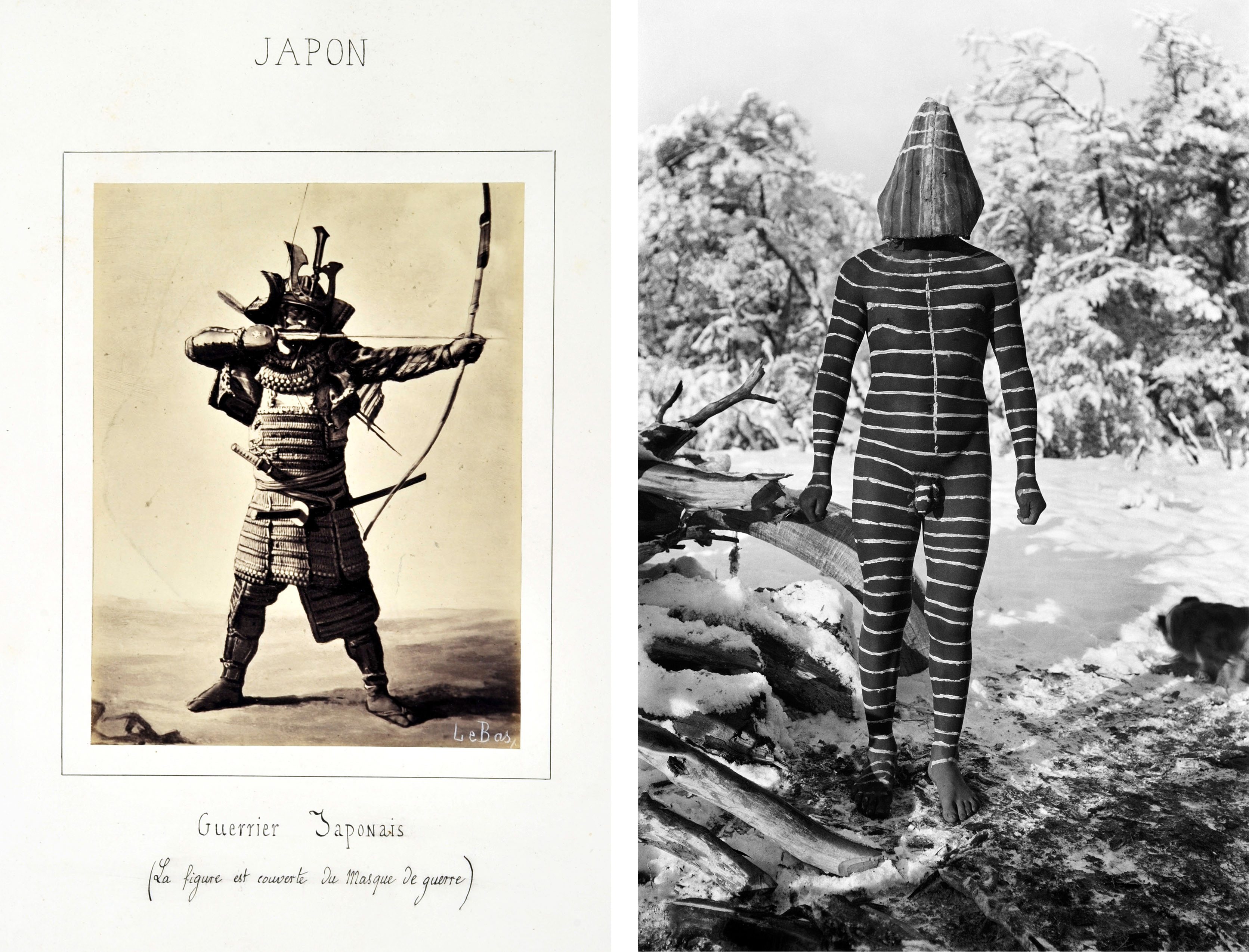The curtain is about to rise on the 3rd Kyotographie festival of photography, and Lucille Reyboz, one of the two co-organizers, says that this is the most exciting but also most difficult time of the year.
It's a time to be "dokidoki" as she puts it. Excited? Anxious? Neither of us can quite find exactly the right word in English or Reyboz's native French. Despite this, she and her co-organizer, Yusuke Nakanishi, seem happy and relaxed, though it can't be a cakewalk to produce such an involved event.
We are talking in a bar run by the photographer Hozumi Nakadaira whose subtle black-and-white silhouettes of jazz greats are icons of another age. He is picking out some vintage album covers to go on display in the festival, which will also include jazz events.



















With your current subscription plan you can comment on stories. However, before writing your first comment, please create a display name in the Profile section of your subscriber account page.